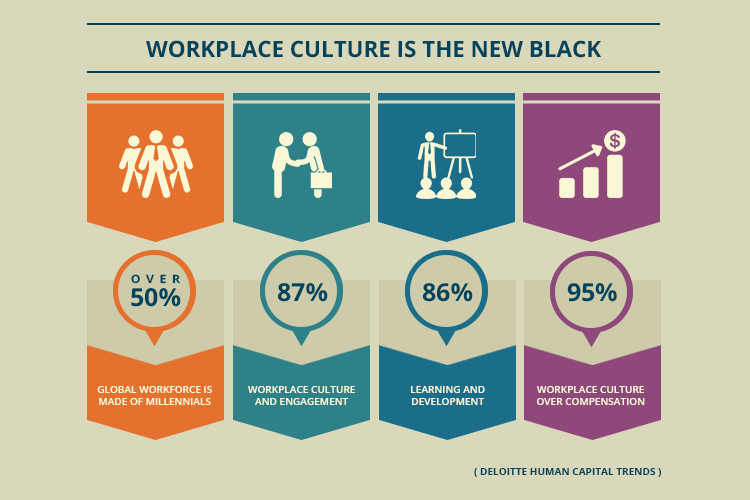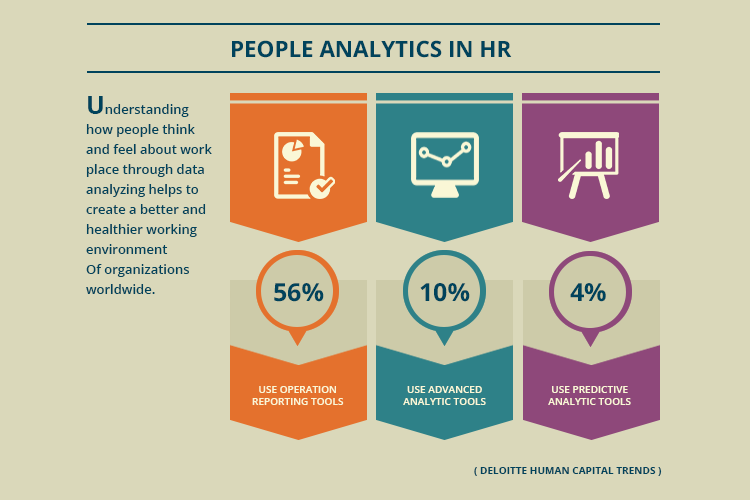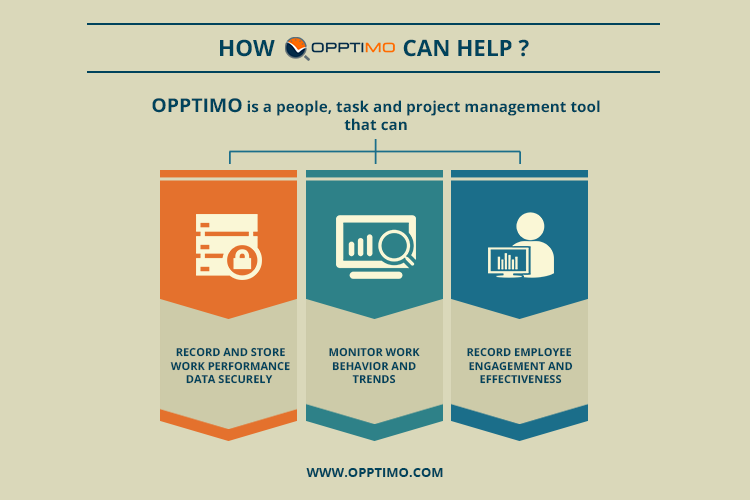Blog
Big Data; Adding Power to People Analytics

Gone are the days when deep analysis of data was limited to maths, science and research. However the mass availability of big data, which shows the way we work, buy, play and generally live our lives in digits and patterns, are being used across various fields in decision making.
Knowing a how a large group of people react to a common situation in life or at work can help decision and policy makers develop more people friendly social and work practices, leading to happy workforce and a society at large.
Having changed many aspects of our work and personal life, big data is fast becoming the buzz word in HR management, where conventional methods and practices of talent management are facing rapid change in the face of increasing loads of data and patterns.
Data is fast becoming a crucial aspect in understanding the work place pattern. Big data can be tweets, Facebook post likes and updates, google searches, LinkedIn endorsements and customer reviews. Big data can also be the amount of time an employee spends at the desk, the amount of time they idle or work, the amount of work related google searches they did or the time they used to idle browse online.
This large amounts of big data is being effectively put to use by many Human Resource departments across the world to understand the way employees work and engage at work. While conventional wisdom on people management revolved around personal relationships, experience and past exposure, advanced analytics provide unique opportunity for human resource managers to make decision based on facts and data.

The people analytics is a method built on the belief that happy employees are the most productive workers. By looking into warm and fuzzy metrics that were once considered ineffective this method helps the management understand the true vibe of its employees enabling them to reap the best out of their workforce.
Knowing how employees behave in certain situations, their reactions to changes and their daily work flow and efficiency levels can help a project managers as well as human resource managers develop a better working experience for their employees.
Moreover understanding how effectively employees respond to training and the way they prepare for a new task or a project help HR and project managers have better insight into the way they have to organise future work flow to create happy employees.
Yet people analytics is not just about creating efficient and innovative employees with warm, happy and fuzzy feelings towards work. It also focuses on improving employee retention and reducing cost in repetitive training and recruitment.
For an example, people analytics have helped organisations understand the true role of bonuses and salary hikes in maintaining high employee retention reducing extreme expenditure. While many senior managers believe individual performance ratings and compensation to be the early signs of employee attrition, a detailed analysis of workplace related big data by American Management Experts, McKinsey revealed that lack of mentoring, coaching and failure to provide continuous performance feedback is a major reason behind low retention levels at many organisations.
According to another Management giant Deloitte, people analytics have seen to the rapid democratisation in human resource management. Human Resource Managers are spending more time trying to learn and understand about the employees they manage and trying to create a better working place for the workers.
A people, task and operation management platform like OPPTIMO is capable of recording almost all work related data of an organisation and helps HR and project managers develop a predictable pattern of work and performance for each employee. Through OPPTIMO workers can record the time spent of each task and add comments while creating personal to-do lists and schedules. Mangers also have the ability to add or remove tasks, give instant feedback on completed tasks, monitor worker behaviour and most importantly generate reports for a given time period.
Having access to a wealth of data on everything that is work related of every employee can do miracles to the decision making at every level. While employee feedback can provide a partial insight into the hearts and minds of your employee, data patterns can never lie.
Using a flexible and customisable tool like OPPTIMO which records employee engagement as well as efficiency also help future managers and organisations deal with mange new types of data and new ways of analysing it optimising the use of people analytics at workplace.



